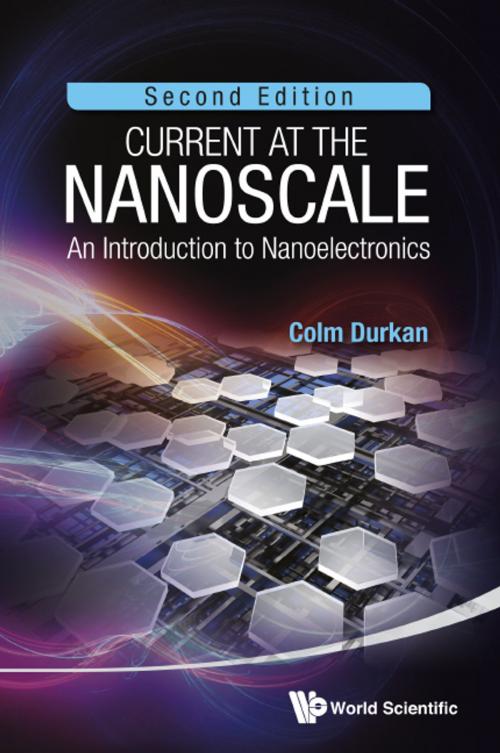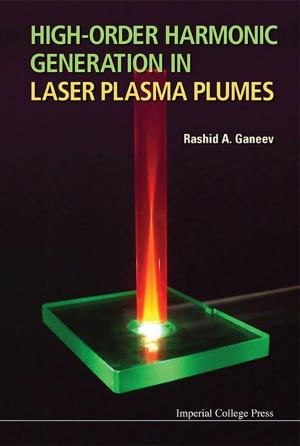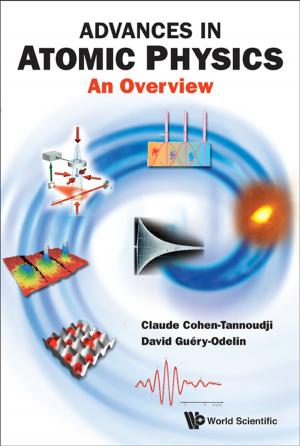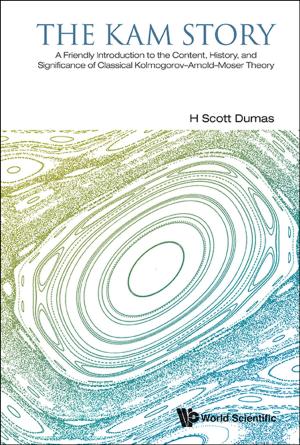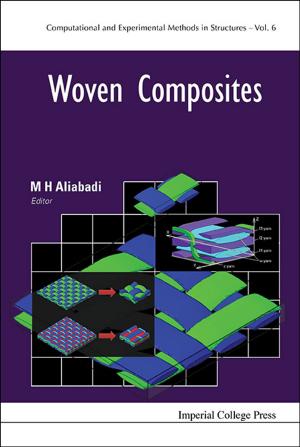Current at the Nanoscale
An Introduction to Nanoelectronics
Nonfiction, Science & Nature, Science, Other Sciences, Nanostructures, Technology, Electricity| Author: | Colm Durkan | ISBN: | 9789814579124 |
| Publisher: | World Scientific Publishing Company | Publication: | September 13, 2013 |
| Imprint: | WSPC | Language: | English |
| Author: | Colm Durkan |
| ISBN: | 9789814579124 |
| Publisher: | World Scientific Publishing Company |
| Publication: | September 13, 2013 |
| Imprint: | WSPC |
| Language: | English |
This second edition of the book, initially written as an introductory text dealing with how electric currents behave at the nanometer scale, begins with a general description of electric currents at the macroscale. Then by considering the physical length scales relevant to electron flow, it is observed how the behavior of currents varies as they approach the nanoscale. A quantum description of electric current is covered as well as its relevance, with particular reference to defects, grain boundaries, tunnelling and atomic contacts, followed by the effects of current flow through nanostructures, including electromigration, of particular relevance for transistor miniaturization. Next, the techniques used to probe currents and voltages at the nanoscale are considered, focusing on scanning-probe microscopy and transport measurements, before considering electronic transport through molecular and single-electron devices.
The book will tie together several aspects of current and recent research on the current flow at the nanoscale. Due to the introductory nature of the book, it will not become obsolete quickly, and chapters can be added at will at later stages as new developments arise.
Contents:
- Macroscopic Current Flow
- Quantum Current Flow
- Mesoscopic Transport: Between the Nanoscale and the Macroscale
- Scanning-Probe Multimeters
- Electromigration: Current-Induced Damage
- Elements of Single-Electron and Molecular Electronics
Readership: Advanced undergraduates, graduate students and researchers in nanotechnology.
Key Features:
- New edition with more detail, more problems for students to solve, computer programs to aid solutions of Quantum Mechanical problems. Also, a website will be set up (as a link from the Author's own webpage, mentioned above) with additional information
- Only text available at the moment — most books on this subject are almost entirely theoretical
- Written for postgraduate level, but will contain elements that undergraduates can understand and use
- The starting point for people wishing to do work on nanoscale transport. Because of the spread of topics covered — quantum transport, mesoscopic physics, scanning probe microscopy, molecular electronics, it will have a broad readership base
- Makes extensive use of figures whenever possible, and is largely based on MEng and MPhil courses which have been originated and given by the author, as well as on his research
This second edition of the book, initially written as an introductory text dealing with how electric currents behave at the nanometer scale, begins with a general description of electric currents at the macroscale. Then by considering the physical length scales relevant to electron flow, it is observed how the behavior of currents varies as they approach the nanoscale. A quantum description of electric current is covered as well as its relevance, with particular reference to defects, grain boundaries, tunnelling and atomic contacts, followed by the effects of current flow through nanostructures, including electromigration, of particular relevance for transistor miniaturization. Next, the techniques used to probe currents and voltages at the nanoscale are considered, focusing on scanning-probe microscopy and transport measurements, before considering electronic transport through molecular and single-electron devices.
The book will tie together several aspects of current and recent research on the current flow at the nanoscale. Due to the introductory nature of the book, it will not become obsolete quickly, and chapters can be added at will at later stages as new developments arise.
Contents:
- Macroscopic Current Flow
- Quantum Current Flow
- Mesoscopic Transport: Between the Nanoscale and the Macroscale
- Scanning-Probe Multimeters
- Electromigration: Current-Induced Damage
- Elements of Single-Electron and Molecular Electronics
Readership: Advanced undergraduates, graduate students and researchers in nanotechnology.
Key Features:
- New edition with more detail, more problems for students to solve, computer programs to aid solutions of Quantum Mechanical problems. Also, a website will be set up (as a link from the Author's own webpage, mentioned above) with additional information
- Only text available at the moment — most books on this subject are almost entirely theoretical
- Written for postgraduate level, but will contain elements that undergraduates can understand and use
- The starting point for people wishing to do work on nanoscale transport. Because of the spread of topics covered — quantum transport, mesoscopic physics, scanning probe microscopy, molecular electronics, it will have a broad readership base
- Makes extensive use of figures whenever possible, and is largely based on MEng and MPhil courses which have been originated and given by the author, as well as on his research
